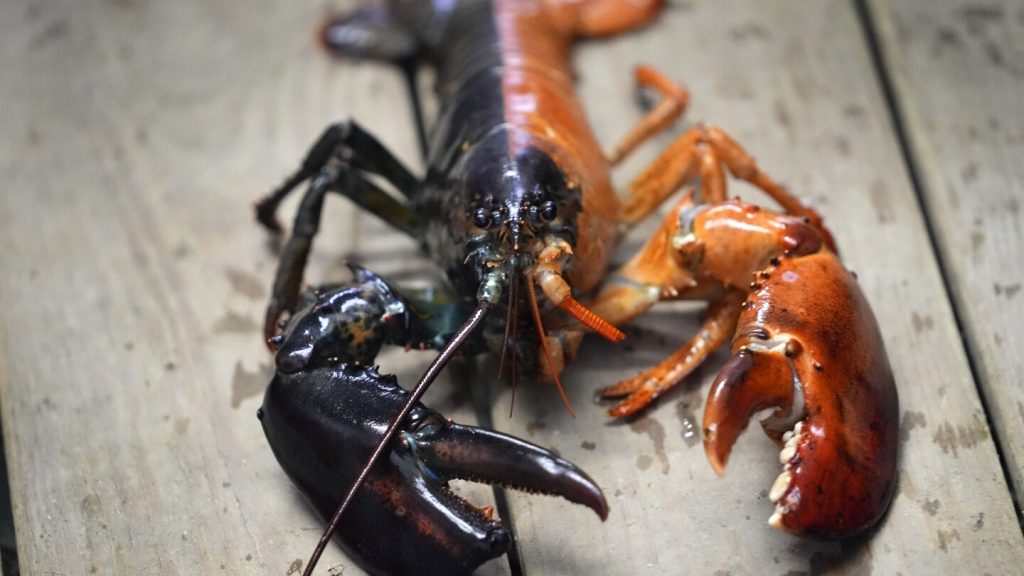A recent wave of uniquely colored lobsters have been appearing in fishers’ traps, seafood tanks, and laboratories across the United States. These funky-colored crustaceans, including hues like orange, blue, calico, and cotton-candy colored, have sparked fascination and intrigue due to their rarity. While some estimates suggest certain colors, like the baby blue lobsters, are as rare as 1 in 100 million, scientists are trying to determine just how atypical these discolored lobsters really are. Lobsters’ color can vary due to genetic and dietary differences, and color abnormalities can occur due to mutations in genes affecting shell pigments.
Despite the unusual colors of these lobsters, scientists have noted that they do not taste any different from the more commonly colored lobsters. Lobsters in the wild typically have a mottled brown appearance and turn orange-red after being boiled for consumption. Estimates of the rarity of certain lobster colors, such as 1 in 1 million for blue lobsters and 1 in 30 million for orange lobsters, are not definitive figures and should be taken with caution. However, scientists are working to better understand the molecular basis for rare shell coloration by studying the genetics of these uniquely colored lobsters.
Marine sciences professor Markus Frederich of the University of New England in Maine is working on noninvasive methods to extract genetic samples from lobsters to gain a better understanding of the underlying genetics of rare shell coloration. Frederich’s research involves studying the offspring of an orange lobster named Peaches, housed at the university, to track the inheritance of rare color traits. By studying the DNA of atypically colored lobsters, scientists hope to unravel the mechanisms responsible for these unique appearances. Frederich maintains a collection of strange-colored lobsters in the university’s labs and is dedicated to unlocking the secrets behind their colorful shells.
Recent news reports have highlighted several instances of rare lobsters being discovered, including an orange lobster found in a New York supermarket and another in a shipment delivered to a Red Lobster in Colorado. With the size of the U.S. lobster fishery steadily increasing in recent years, researchers believe that these odd-looking lobsters will continue to appear. U.S. fishers have been bringing in over 90 million pounds of lobster annually since 2009, leading to more unusual lobsters being caught. Despite their rarity, veteran lobster researcher Richard Wahle points out that in a catch consisting of hundreds of millions of lobsters, it is not surprising to see a few of the weirdly colored ones every year.
The fascination with rare colored lobsters is not just limited to their appearances but also extends to the scientific community’s interest in understanding the genetics behind their unique colors. Frederich and his team’s efforts to study the DNA of these lobsters are aimed at shedding light on the mechanisms that govern shell pigmentation and coloration in crustaceans. By unraveling the mystery behind these uniquely colored lobsters, scientists hope to gain insight into the evolutionary processes that drive diversity in marine species. As these fascinating crustaceans continue to capture public attention, researchers are dedicated to uncovering the genetic secrets that make these lobsters stand out in a sea of typical brown and red-hued counterparts.


